In High Production and Long Runs, Rough Boring Beats Helical Interpolation
Using helical interpolation to open holes is common practice. And in shallow holes or one-off projects, it’s a fine choice. But when production levels and volume increase, or when holes get deeper, rough boring will deliver higher productivity and repeatability.
Comparing Processes
Helical interpolation relies on the machine tool axes to produce output. A milling cutter, smaller than the desired bore size, is run along a helical path to open up the bore. In this approach, radial forces are constantly exerted on the spindle, so increased wear on the bearings can be a concern, as well as tool stability for longer tools.
With a twin rough boring approach, the tool is only plunging axially, creating a more stable operation. The radial cutting forces are balanced, and the result is axial force back into the machine spindle. This is also the case when deeper bores require longer tool lengths. As tool length increases, the deflection of a milling cutter will decrease its productivity much faster than if using a boring tool. And when that productivity difference is amortized over a long production run, boring becomes increasingly valuable.
Related Economy
When looking at productivity and tool life, the main concern is typically the associated costs. Evaluating related tooling costs requires a look at the cost of perishable tooling, and the cost savings tied to a decrease in setup time and an increase in machine utilization. While the initial investment in precision boring tools may seem off-putting, below are a few key points to justify the investment and payback of boring versus milling:
- In a roughing operation, the tool is set once with no need for presetting after an insert change. Helical interpolation will require length setting and runout checks every time an end mill needs to be replaced.
- A twin rougher has fixed tool lengths and diameter scale, requiring no special equipment for set up.
- The roughing cycle time will be longer with an end mill.
- The machine will experience less wear when boring.
- Axial feed rates for boring are faster, especially at smaller diameters.
- Shanks and boring tool bodies can be used for other operations such as chamfering and back facing.
Our Series 319 ‘SW’ twin cutter boring heads are designed for ultimate performance and versatility. A unique design feature allows the 319 to perform balanced or stepped cutting without additional accessories or adjustments simply by switching the mounting locations of the insert holders that have varied heights. This gives our system one more distinguishing feature – less components than our competition when switching between different roughing methods.
Watch this video to learn more about KAISER 319 twin cutter boring heads.
For more detailed information, click here to view the product page for the SW twin cutter boring heads.


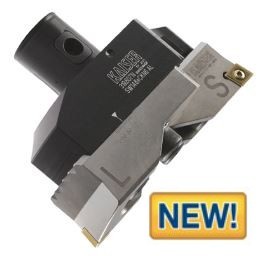
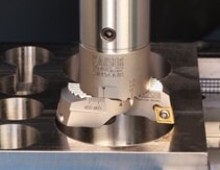
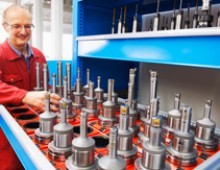
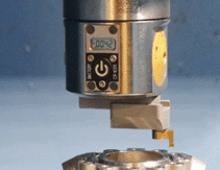
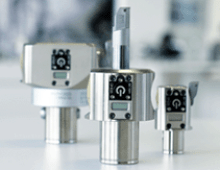
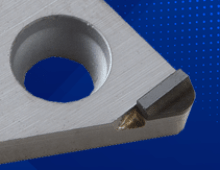
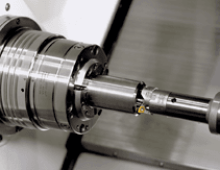
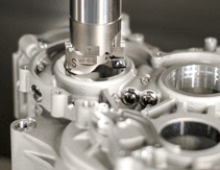
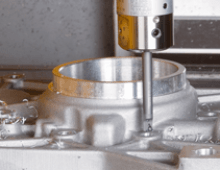
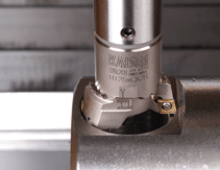
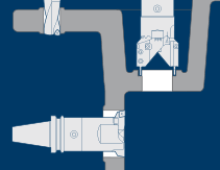
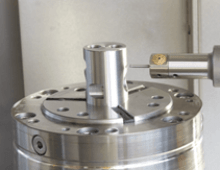
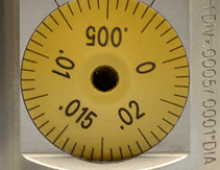
Did you find this interesting or helpful? Let us know what you think by adding your comments or questions below.